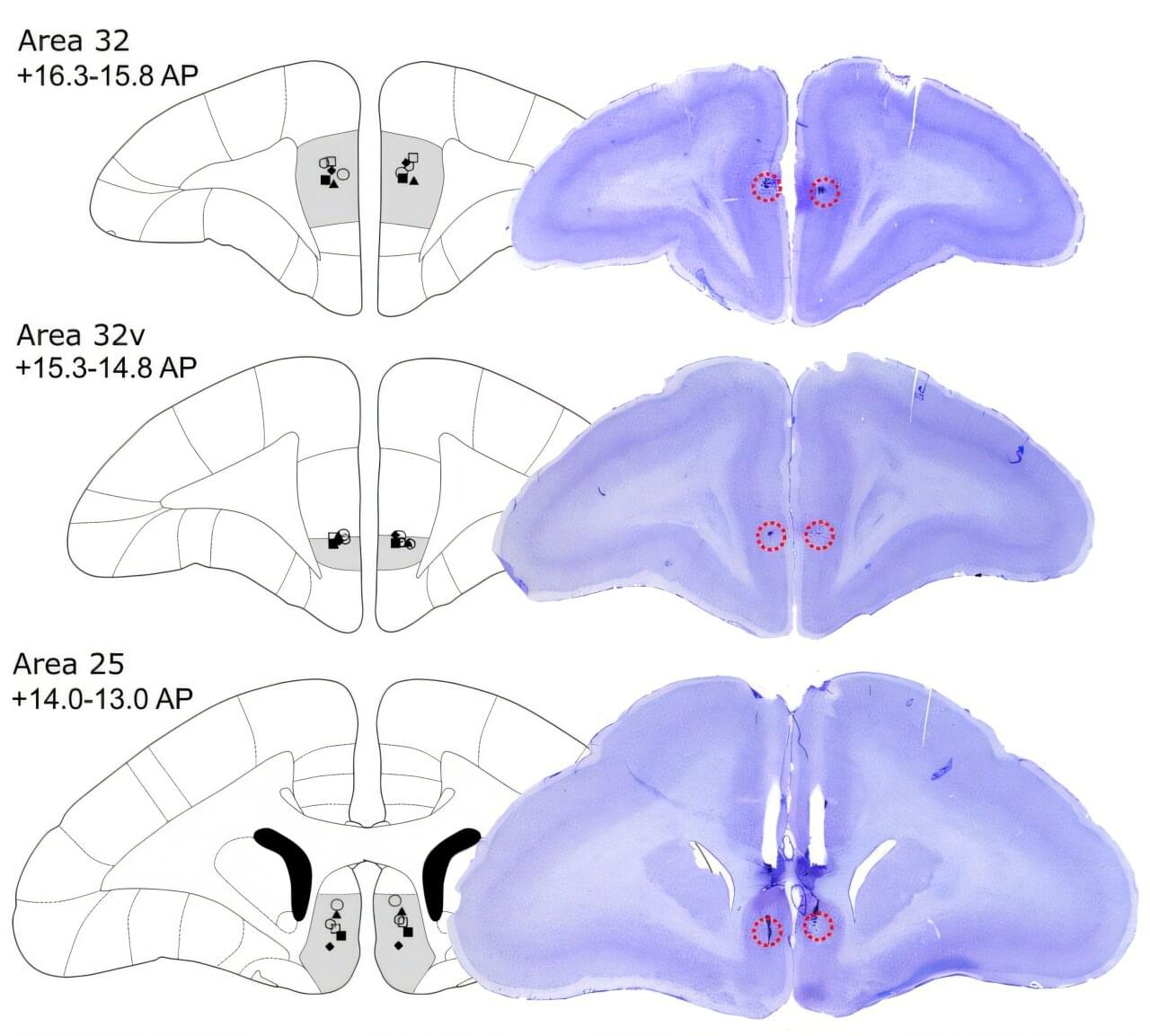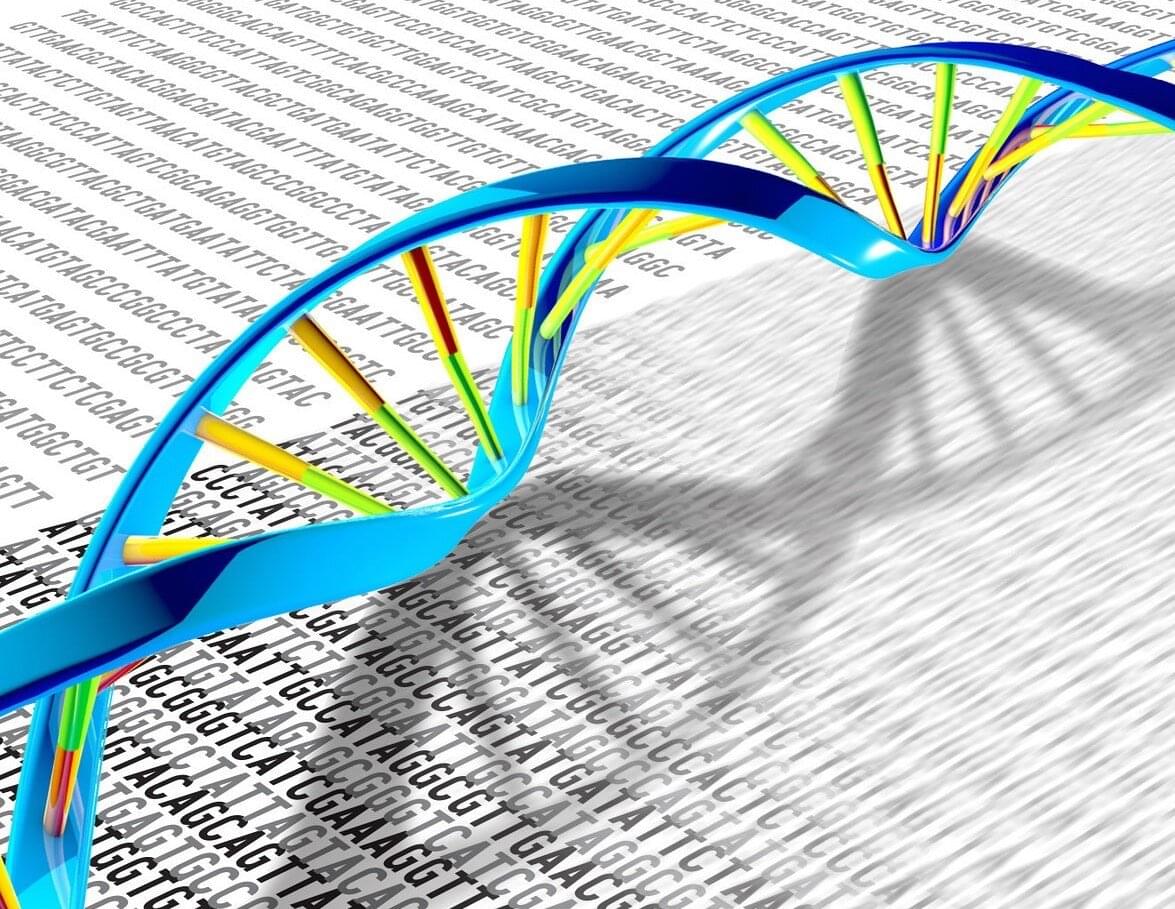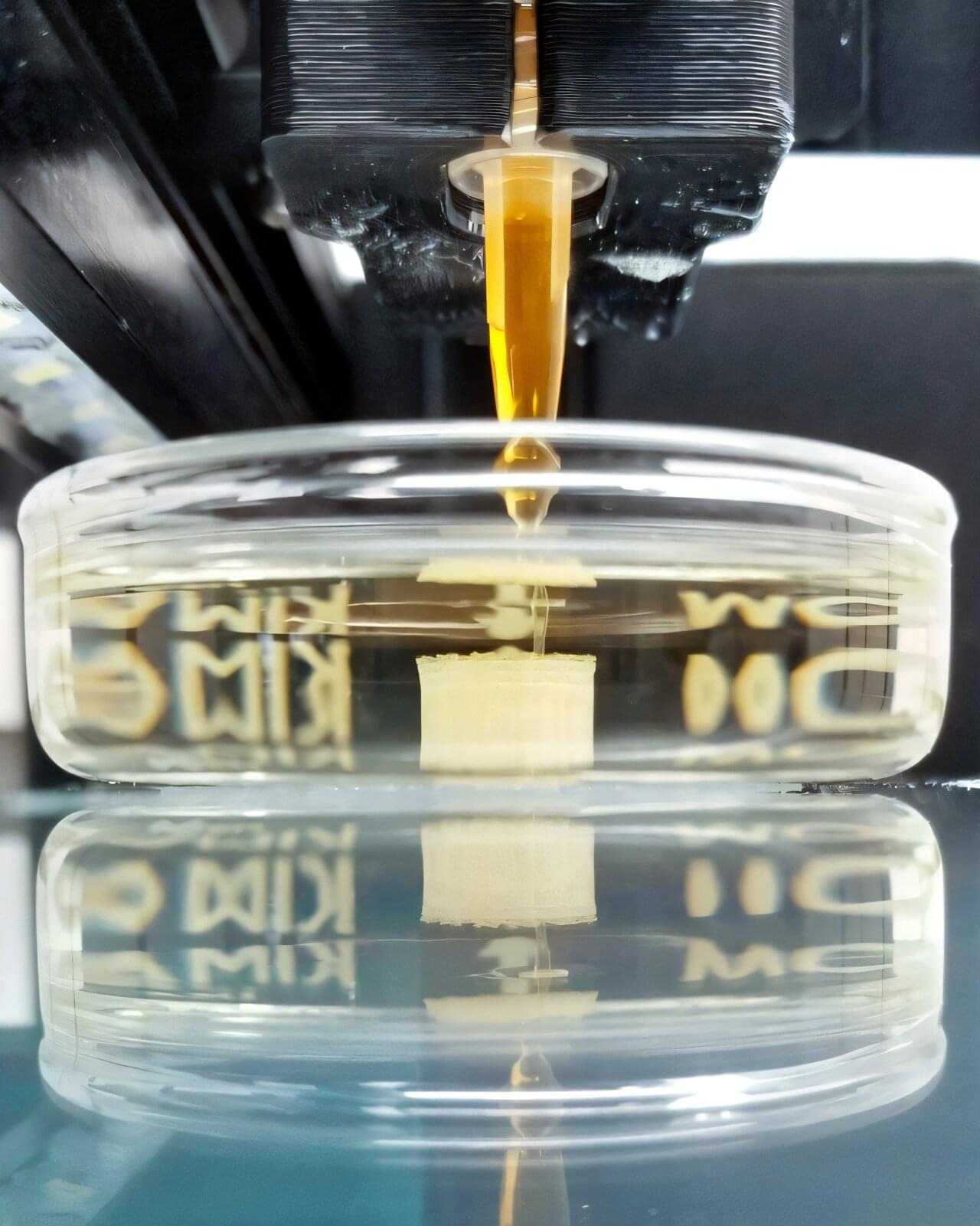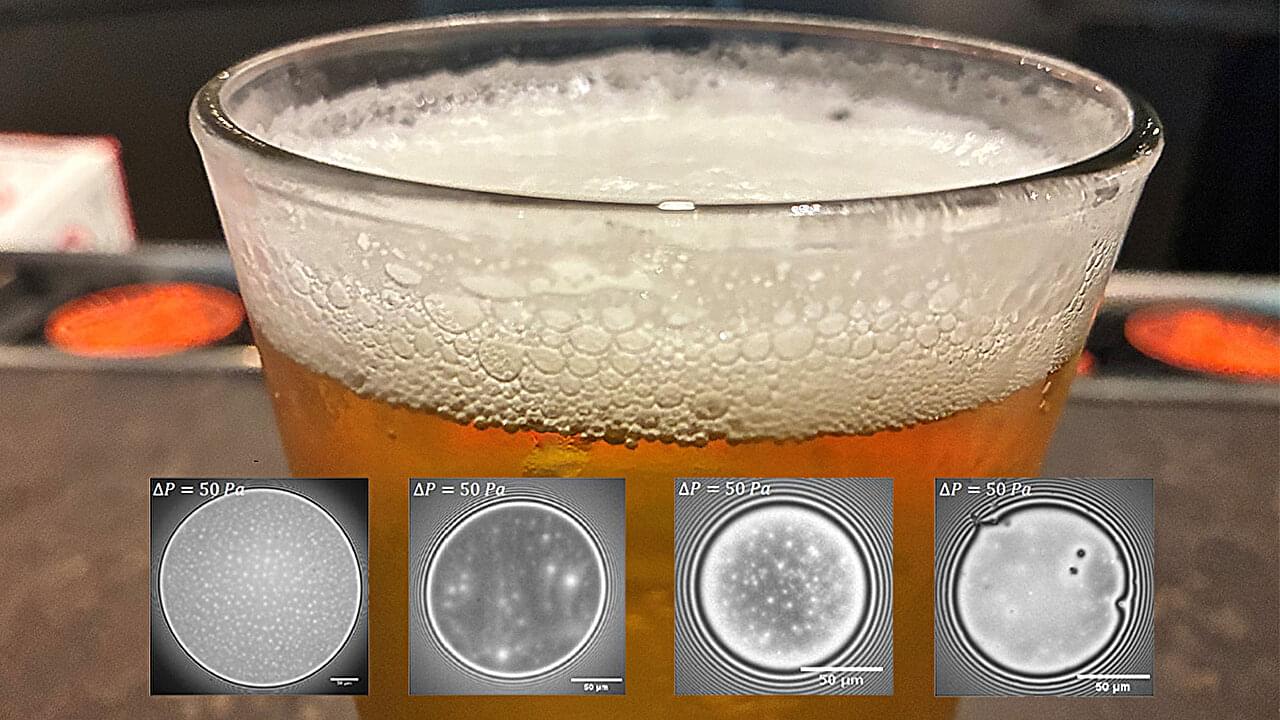University of Cambridge researchers report that inactivating dorsolateral prefrontal cortex area 46 in marmosets blunts appetitive motivation and heightens threat reactivity, with effects mediated through asymmetric left-hemisphere pathways.
The dorsolateral prefrontal cortex (dlPFC) is implicated in higher-order processes such as attention, abstract thought, working memory, and inhibitory control. It is also a target for noninvasive brain stimulation in treatment-resistant depression.
Previous studies have shown that dlPFC transcranial magnetic stimulation improves depressive and comorbid anxiety symptoms and modulates activity in subcallosal cingulate cortex area 25, a region linked to therapeutic success.









